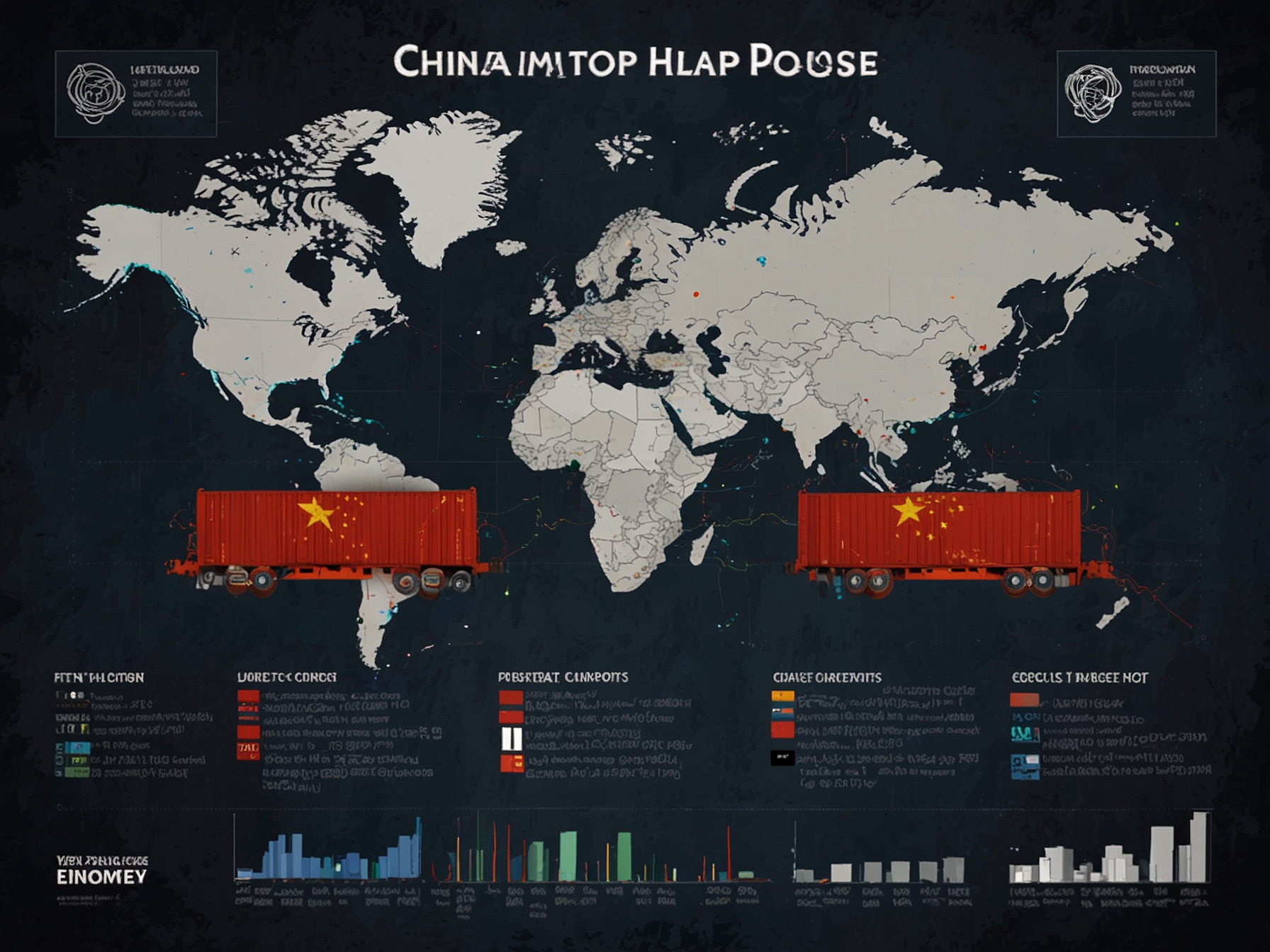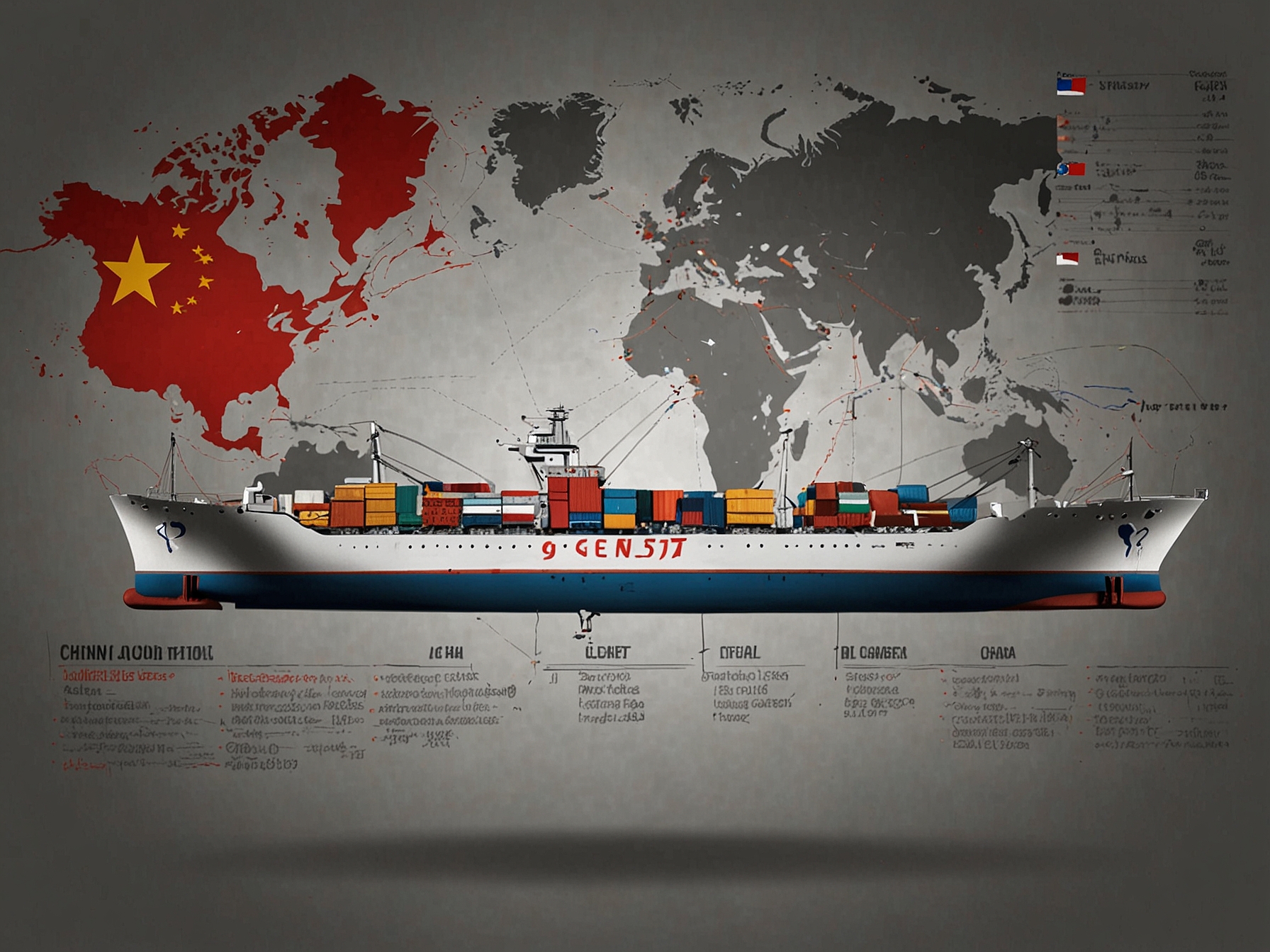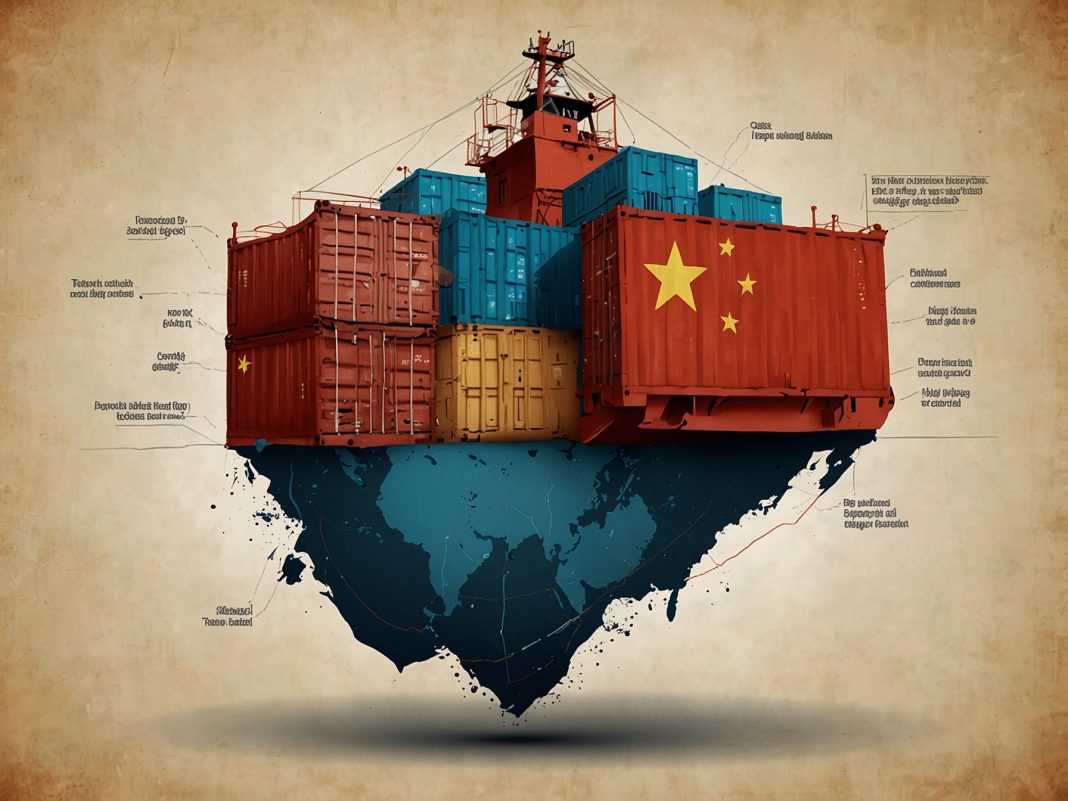The stakes are high as we look toward a possible trade war revival under Donald Trump. But what does that mean for the Chinese economy, and how prepared is China for this challenge? Amid rising tensions, these questions weigh heavily on both nations.

Back in 2018, when Trump first began his tariffs campaign, China was enjoying a booming economy. Hopes for overtaking the US were palpable. But the current narrative is far different; China is grappling with issues like property crises and high debt levels. It feels like a shadow of its former self. Yet, perhaps appearances are deceiving. Can we really discount China’s resilience?
Understanding Trump’s negotiation tactics becomes crucial. Analysts suggest that China has been fine-tuning its strategy since the earlier trade war. In their view, it’s better prepared now than before. Is it possible that years of experience have shaped a more strategic Beijing? Experts argue that the country can diversify its trade partnerships and bolster domestic consumption to withstand potential tariffs of up to 60%. How effective could these measures be?

Dexter Roberts, a senior fellow at the Atlantic Council, believes that China’s trade network is less reliant on the US now. It’s been a deliberate shift. In 2000, about 48% of China’s exports went to the G7 nations. Fast forward to last year, and that percentage dropped to under 30%. What led to this transformation? The data reveals a swift momentum toward a more self-sufficient trade model.
Interestingly, even amidst declining exports, China’s portion of global exports has grown. From 13% to 14%, this upward swing underscores China’s ability to adapt. Is China’s strategy paying off, or is it merely a temporary fix? Wang Shouwen, a Chinese trade negotiator, states confidently that China can weather external shocks. What exactly does that entail?

But how will China retaliate if tariffs are indeed imposed? Instead of big moves like dumping US Treasuries, it seems they’ll opt for more strategic actions. Liza Tobin from the Special Competitive Studies Project suggests targeted retaliation is the way to go. This could signal a shift in tactics. Might this approach backfire, creating unintended consequences?
Recent investigations into US firms in China highlight China’s careful maneuvering. American companies are feeling the squeeze, and the potential for sanctions looms large. How do these tensions shape the interactions between US and Chinese businesses? With China’s recent interest in foreign firms, the landscape appears volatile and uncertain.
Trump’s proposed tariffs encompass more than just China. He’s eyeing imports from various other countries. The anticipated impact on US households could be significant, costing thousands each year. Isn’t this a troubling prospect for the American middle class? As Trump dreams of steep tariffs, a myriad of questions arise.
Yet it’s essential to note that China’s sheer size offers a tremendous advantage. With 1.4 billion potential consumers, Beijing has options. It can bolster its internal market while bracing for what’s to come from the US. Is this the kind of leverage that could reshape future negotiations? Analysts insist China’s focus must remain on domestic stability, particularly as global tensions simmer.
So, what’s next? The forthcoming months hint at a tumultuous ride in US-China relations. While China preps its defenses, it’s clear both countries are at a crossroads. Will China emerge stronger or weakened in a potential trade war 2.0? Only time will tell. And as we ponder these dynamics, the question lingers: how will this affect everyday lives across both nations?




